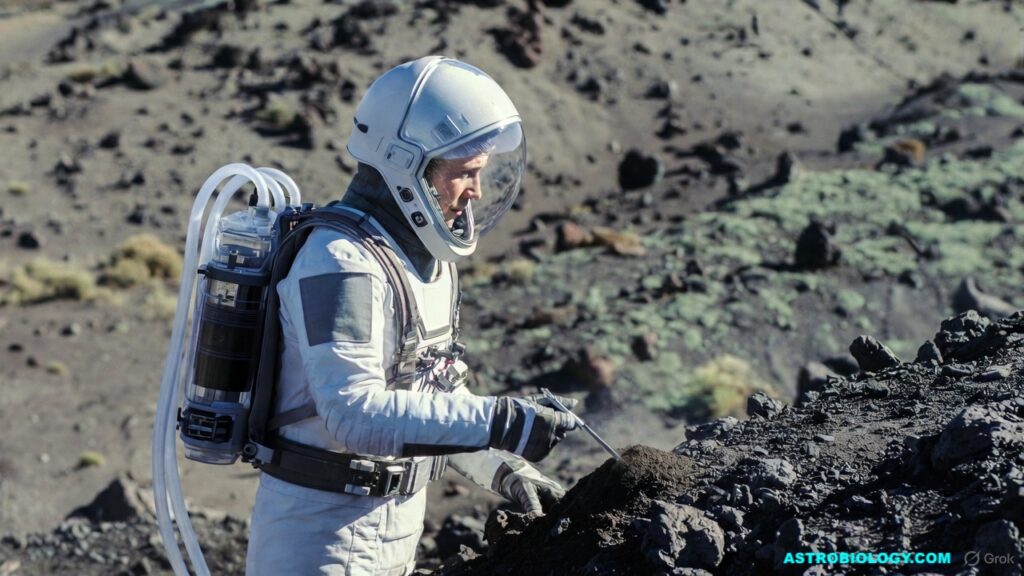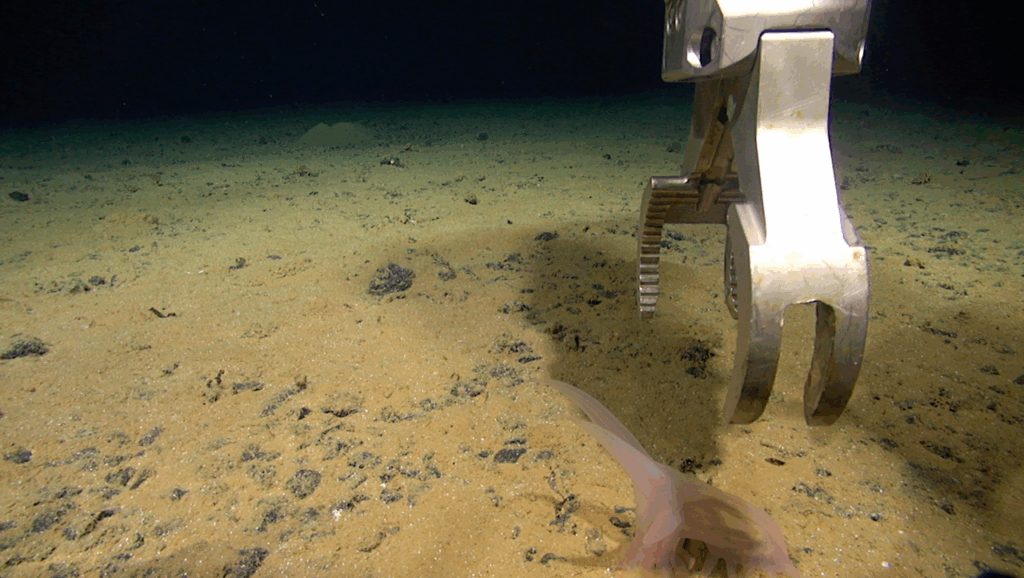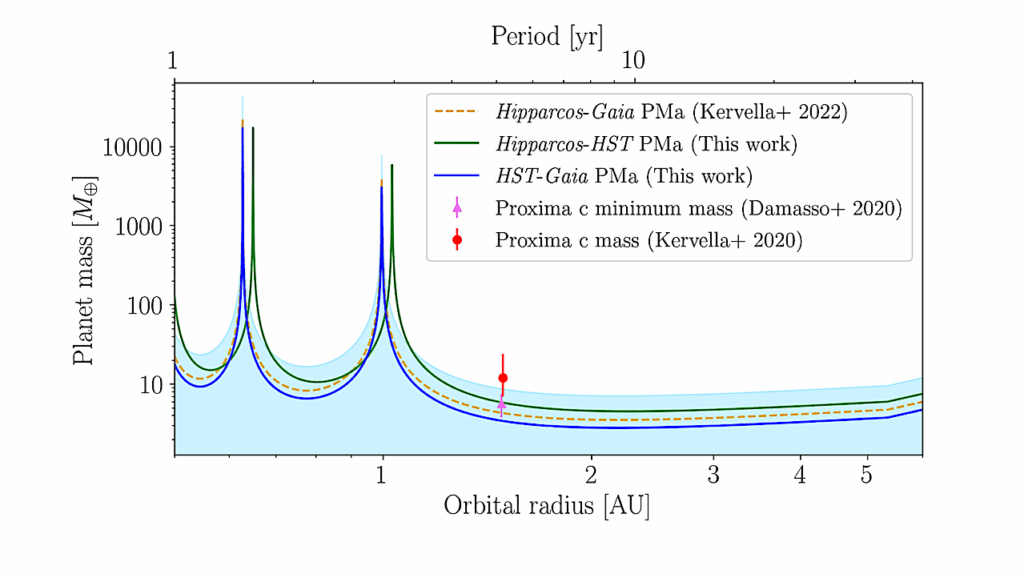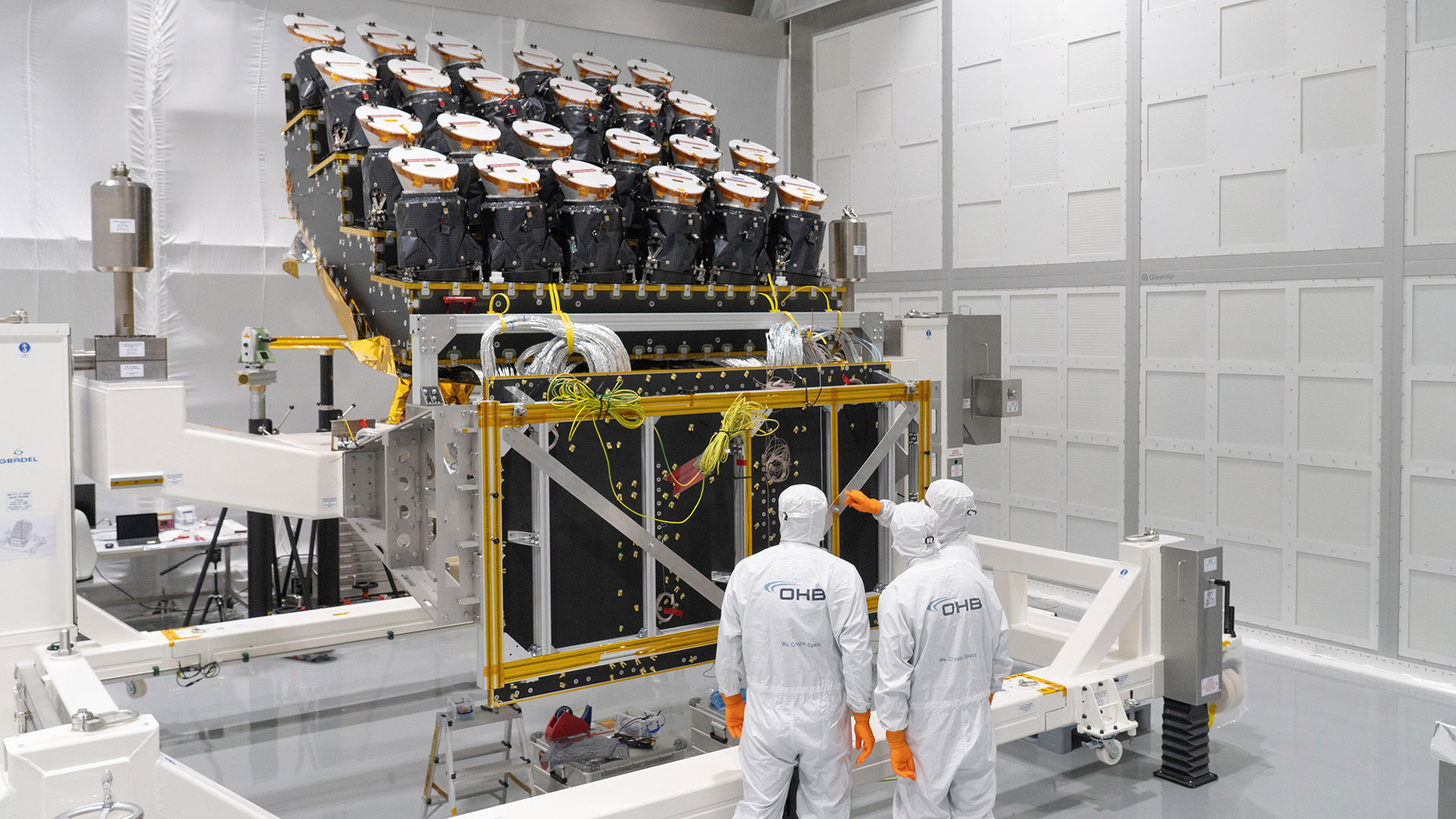Now Reading: Statistical Geochemical Constraints On present-day Water Outgassing As A Source Of Secondary Atmospheres On The TRAPPIST-1 Exoplanets
-
01
Statistical Geochemical Constraints On present-day Water Outgassing As A Source Of Secondary Atmospheres On The TRAPPIST-1 Exoplanets
Statistical Geochemical Constraints On present-day Water Outgassing As A Source Of Secondary Atmospheres On The TRAPPIST-1 Exoplanets
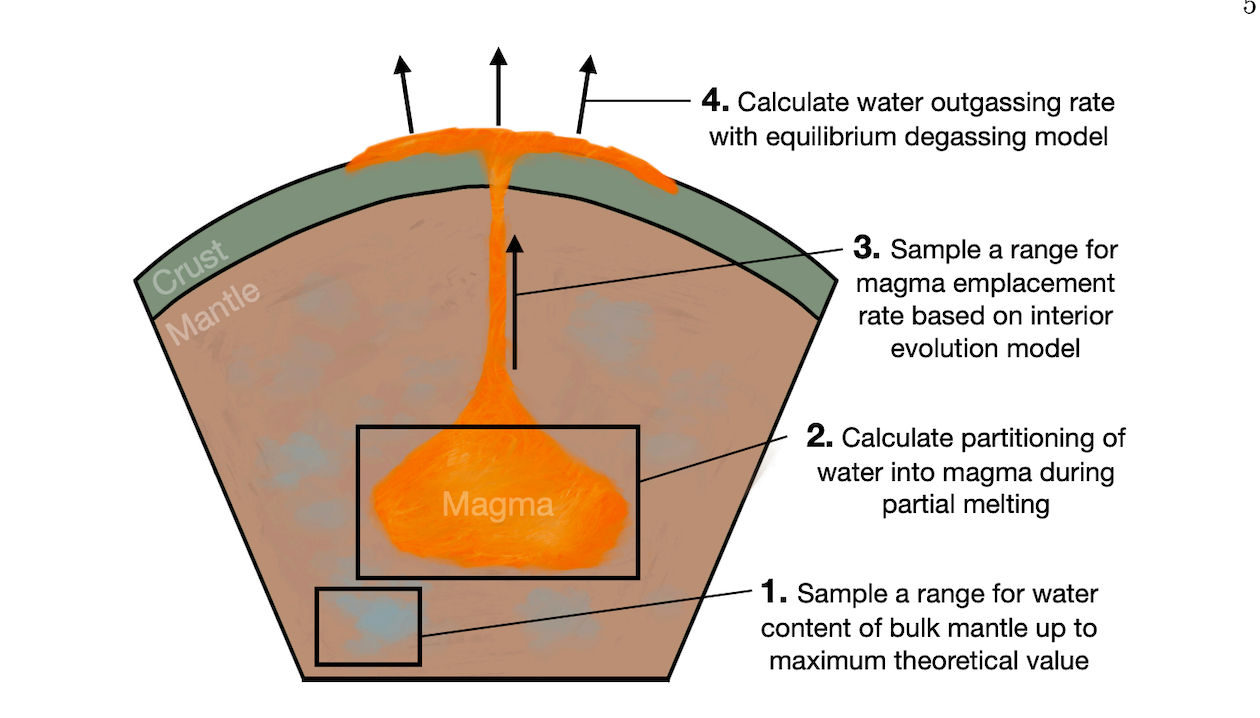

Schematic diagram of steps in the theoretical model. Further description of key parameters, sampled ranges, and calculation procedures is found in Methods. — astro-ph.EP)
The TRAPPIST-1 planetary system is observationally favorable for studying if planets orbiting M stars can retain atmospheres and host habitable conditions. Recent JWST secondary eclipse observations of TRAPPIST-1 c rule out a thick CO2 atmosphere but do not rule out atmospheric water vapor or its photochemical product, oxygen.
Given the high expected escape rate, maintenance of atmospheric water vapor would require a present-day water source, such as volcanic outgassing. Here, we simulate water outgassing on the TRAPPIST-1 planets over a broad phase space based on solar system terrestrial bodies.
We then apply two filters based on observation and geochemistry that narrow this phase space and constrain the plausible outgassing scenarios. For all seven TRAPPIST-1 planets, we find that the water outgassing rate is most likely ∼0.03x Earth’s but has upper limits of ∼8x Earth’s.
The allowed range also implies low, Mars-like magma emplacement rates and relatively dry, Earth-like mantles, although mantle water mass fractions up to 1 wt% are possible. We also present scenarios with magma emplacement rates similar to Mars, Earth, and Io, resulting in different preferred mantle water content and outgassing rates.
We find that water outgassing rates are potentially high enough to balance water escape rates, providing a theoretical pathway for the TRAPPIST-1 planets to maintain surface water or water-vapor-containing atmospheres over long timescales. The bounds on outgassing rates and interior properties can be used in atmospheric chemistry and escape models to contextualize future observations of the TRAPPIST-1 planets, and may be applicable to other terrestrial exoplanets.
Trent B. Thomas, Victoria S. Meadows, Joshua Krissansen-Totton, Megan T. Gialluca, Nicholas F. Wogan, David C. Catling
Comments: Main text is 31 pages single spaced. 9 figures, 2 tables. Accepted in The Planetary Science Journal
Subjects: Earth and Planetary Astrophysics (astro-ph.EP); Geophysics (physics.geo-ph)
Cite as: arXiv:2505.03672 [astro-ph.EP] (or arXiv:2505.03672v1 [astro-ph.EP] for this version)
https://doi.org/10.48550/arXiv.2505.03672
Focus to learn more
Submission history
From: Trent Thomas
[v1] Tue, 6 May 2025 16:11:35 UTC (1,207 KB)
https://arxiv.org/abs/2505.03672
Astrobiology
Stay Informed With the Latest & Most Important News
-
 012024 in Review: Highlights from NASA in Silicon Valley
012024 in Review: Highlights from NASA in Silicon Valley -
 02Panasonic Leica Summilux DG 15mm f/1.7 ASPH review
02Panasonic Leica Summilux DG 15mm f/1.7 ASPH review -
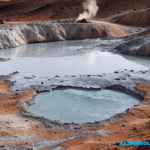 03From Polymerization-Enabled Folding and Assembly to Chemical Evolution: Key Processes for Emergence of Functional Polymers in the Origin of Life
03From Polymerization-Enabled Folding and Assembly to Chemical Evolution: Key Processes for Emergence of Functional Polymers in the Origin of Life -
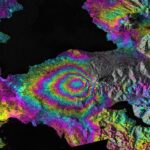 04How New NASA, India Earth Satellite NISAR Will See Earth
04How New NASA, India Earth Satellite NISAR Will See Earth -
 05And Thus Begins A New Year For Life On Earth
05And Thus Begins A New Year For Life On Earth -
 06Astronomy Activation Ambassadors: A New Era
06Astronomy Activation Ambassadors: A New Era -
07SpaceX launch surge helps set new global launch record in 2024












